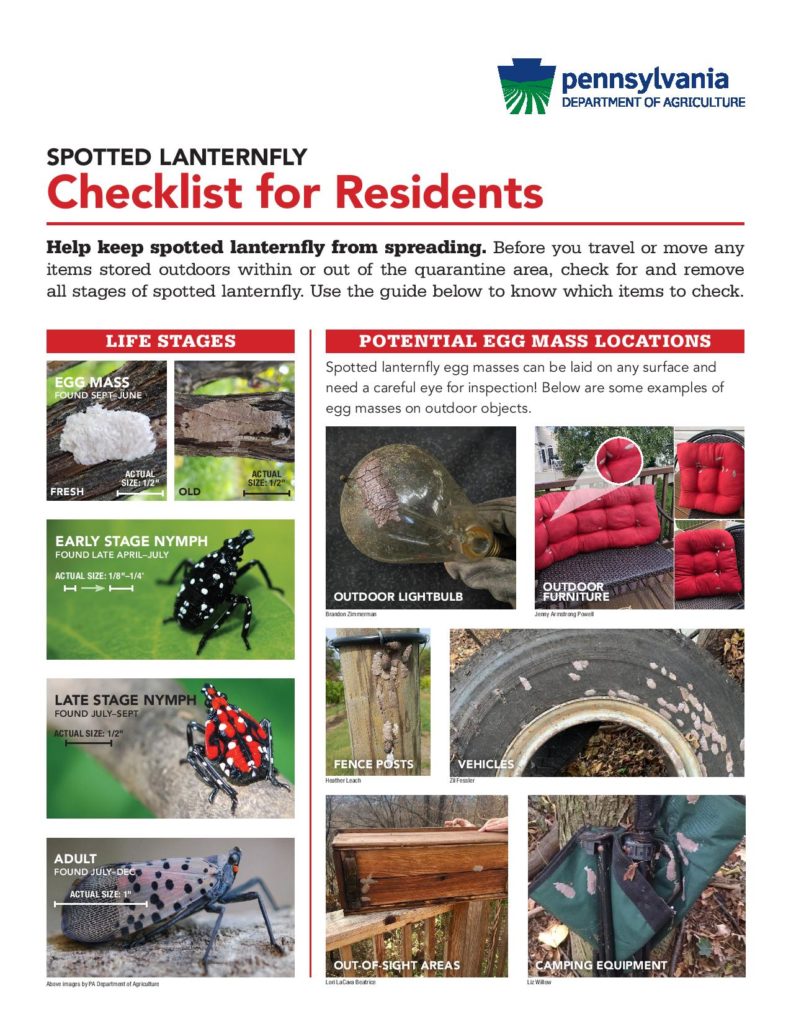The Borough of East Pittsburgh believes that feral cats in our
neighborhoods can be a nuisance to our residents, causing damage to gardens, leaving
unwanted waste & odors, and creating noise.
To alleviate the issues that feral cats can cause, East
Pittsburgh is actively engaging in the process and best practice known as Trap,
Neuter, and Return (TNR). It has been
shown time and again that simply removing feral cats will create a void and
will result in new cats entering the area.
TNR controls the feline population by leaving known cats in place, but
spaying/neutering to prevent new litters, thus stabilizing and gradually
reducing the feral cat population.
Another key factor to reducing the nuisance is to feed the
cats. This may appear to be wrong, but
by providing food, water and care, the feral cats will not seek out trash and
other sources of food that can lead to additional rodents and pests. Feeding the cats also allows us to keep an
eye on the population, become aware of new cats, and to keep them from roaming
into a wider area. We have a small group
of dedicated residents who are already working to feed, build trust, then
TNR. They also seek out cats and kittens
that can be adopted to further reduce the feral population.
Below you will find information and website links to explain
more about TNR and feeding feral cats. If
or when you become aware of feral cats, please contact the Borough offices at
412-823-7124.
From www.humanesociety.org
What is Trap-Neuter-Return (TNR)?
TNR is a nonlethal strategy for reducing the number of
community cats and improving the quality of life for cats, wildlife and people.
At its most basic, TNR involves:
- Humanely trapping community cats,
- Spaying or neutering them,
- Vaccinating them against rabies,
- Surgically removing the tip of one ear (a “tipped” ear is the universally-recognized sign of a cat who has been spayed or neutered),
- Returning the cats to their home.
How does TNR solve common complaints associated with
feral cats?
- When feral cats are trapped, neutered and
returned to their territory, they no longer reproduce.
- The cessation of sexual activity eliminates the
noise associated with mating behavior and dramatically reduces fighting and the
noise it causes.
- Neutered feral cats also roam much less and
become less visible and less prone to injury from cars.
- Foul odors are greatly reduced as well because
neutered male cats no longer produce testosterone which, when they are
unaltered, mixes with their urine and causes the strong, pungent smell of their
spraying.
- When the colony is then monitored by a caretaker
who removes and/or TNRs any newly arrived cats, the population stabilizes and
gradually declines over time.
Won’t removing community cats from an area eliminate the
problem?
There are many reasons cat problems are rarely solved by
trapping and removing a colony. Community cats live at a certain location
because it offers food and shelter. If a colony is removed, cats from
surrounding colonies may move in to take advantage of the newly available resources.
The cycle of reproduction and nuisance behavior begins all over again.
If all the cats in a colony are not trapped, then the ones
left behind will tend to have larger litters of kittens. The kittens are more
likely to survive because there are fewer cats competing for food. The colony’s
population will continue to increase until it reaches the number that can be
supported by the available food and shelter.
Here are some of the other factors that usually make trap
and removal ineffective:
No input from the cats’ caretakers, who are the only people
who really know the cats’ numbers and patterns and can control whether or not
the cats are hungry enough to enter a baited trap.
No volunteers to trap cats, who face an uncertain fate or
death upon capture.
Little to no animal control staff and money available to
accomplish the task.
No strategy for the difficult task of catching all the cats
in a colony.
No one watching out for pet cats who are lost or abandoned,
aren’t spayed or neutered and quickly repopulate a vacated territory.
Other resources:
www.alleycat.org
www.neighborhoodcats.org
www.humaneanimalrescue.org/programs-services/community-cats/



